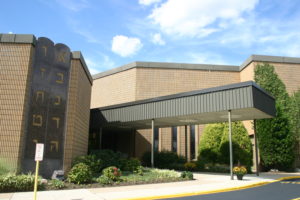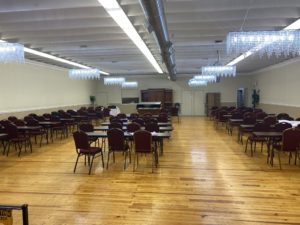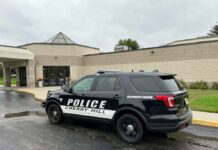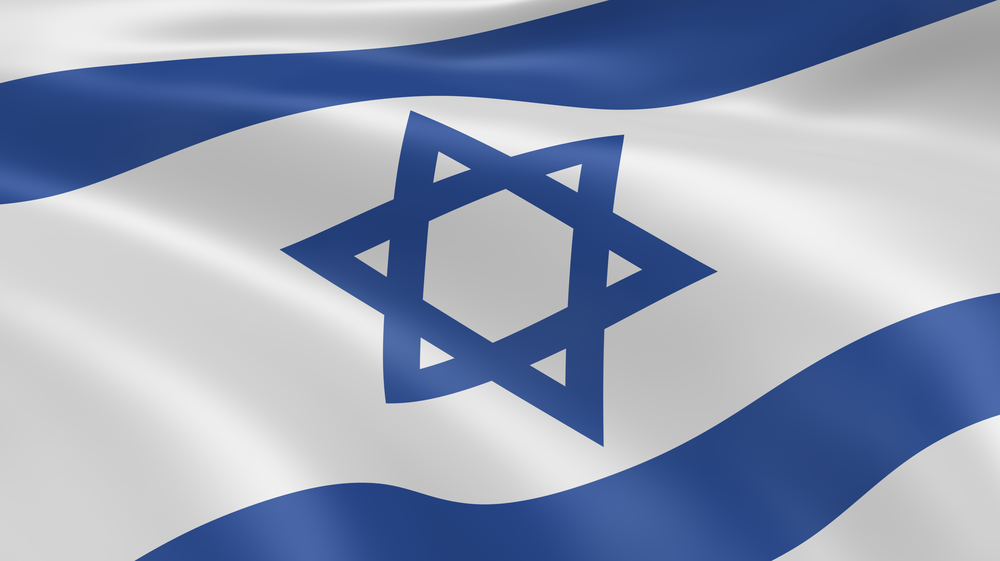
Area synagogues will reopen for the High Holidays this year after months of mostly virtual services during the pandemic.
A sampling of Orthodox, Conservative, Reform and Reconstructionist shuls showed that all are planning on hosting full in-person crowds for the September events. Rosh Hashanah starts at sundown on Sept. 6 and ends the night of Sept. 8. Yom Kippur is on Sept. 15 and 16.
Last year, to keep crowds small, Orthodox and Chabad synagogues separated congregants into different areas, either inside and outside or in different rooms, and held simultaneous services. Conservative, Reform and Reconstructionist temples mostly hosted online events, according to rabbis and synagogue directors.
Orthodox and Chabad communities didn’t offer electronic options because Jewish law restricts the use of technology during holidays, according to Rabbi Yochonon Goldman of B’nai Abraham Chabad in Philadelphia.
Especially with the emergence of the delta variant, which has caused cases to rise nationwide in the last few weeks, this year synagogues are still going to take COVID-19 precautions, like social distancing, masking and online options, if their congregants are still concerned come September.
But rabbis and synagogue directors feel confident reopening for big events because most of their adult members are vaccinated, they said. And in surveys and conversations, congregants have indicated that they are eager to come back.
High Holidays services just aren’t the same at home, rabbis said.
“Religious life is community,” said Rabbi Lance Sussman of Reform Congregation Keneseth Israel in Elkins Park. “Without community, it doesn’t feel right.”
B’nai Abraham Chabad and the Chabad of Penn Wynne have been open for Shabbat services for months, according to their rabbis. But at both locations, attendees have worn masks and maintained social distancing precautions in their spacious sanctuaries.
But High Holiday services, of course, are on another level. Each shul has between 100 and 125 families in its congregation, but between 175 and 225 people usually show up for High Holidays events.
Most people at each synagogue are vaccinated, so masking will be optional, according to synagogue leaders. And social distancing, if necessary, will not be difficult in sanctuaries that can fit hundreds of people.

“I would love to see life get back to normal as much as possible,” Chabad of Penn Wynne Rabbi Moshe Brennan said.
At Conservative, Reform and Reconstructionist synagogues, the conditions and plans are similar.
Most congregants are vaccinated. Sanctuaries will be open. And rabbis are excited to welcome their communities for their first big, post-pandemic gatherings.
Temple Sinai, a conservative synagogue in Dresher, dropped its crowd size limit for indoor Shabbat services earlier this summer, Executive Director Ari Goldberg said.
The temple has a 400-member congregation and a sanctuary/auditorium that, when fully open, can seat up to 1,800 people. Goldberg expects the high holiday crowd to approach 1,000 attendees.
“One of our themes is together again at Temple Sinai,” Goldberg said. “Anyone who wants to come back into the building for services is going to be able to this year.”
At Sussman’s Congregation Keneseth Israel, the sanctuary/auditorium is even bigger, with space for about 2,500 people, but Sussman does not expect the synagogue’s 800 families to fill the space. The last time they did that was for a 9/11 memorial service 20 years ago, so the reform synagogue’s High Holidays plan for family and pod seating should be manageable, the rabbi said. Sussman is also sticking with the indoor mask mandate for the time being.
Or Hadash, a Reconstructionist synagogue in Fort Washington, saw overwhelming evidence in recent surveys favoring a return to the sanctuary.
The synagogue has 150 families in its congregation. Out of members 12 and older, 91% are vaccinated and 70% want to return to the temple for the High Holidays, Rabbi Alanna Sklover said.
Sklover said Or Hadash’s crowds those days usually top out at 200 people, which doesn’t leave enough room for social distancing in the sanctuary. As a result, those who aren’t vaccinated will be required to wear masks. And since kids under 12 aren’t yet eligible for the vaccine, all children’s programming during the High Holidays will be conducted at a social distance.
Those minor restrictions, however, will not dampen the moment, Sklover said.
“There’s nothing that can beat seeing one another in three dimensions,” she said. “First hugs. The feeling you get making eye contact on site.”
At the same time, Sklover wants to accommodate the 30% of members who are not comfortable returning, That’s why the rabbi will offer online versions of the services via Zoom.
Goldberg thinks as many as half of Temple Sinai’s members may prefer the online option come September so, like Sklover, he’s going to continue offering one. Since the pandemic started, the synagogue has offered a digital service option via a livestream on its website.
According to Sklover and Goldberg, the online options help members who still feel unsafe in public, older members who don’t mobilize as well and people who may just not be able to make it in person.
Sussman and Keneseth Israel have offered digital services for 10 years. But the rabbi acknowledged that the practice has been particularly helpful during the pandemic.
“We call it multi-access,” Goldberg said. “So folks who are able to come in person and then folks who are not able to come in person can still participate via the livestream.”
[email protected]; 215-832-0740






